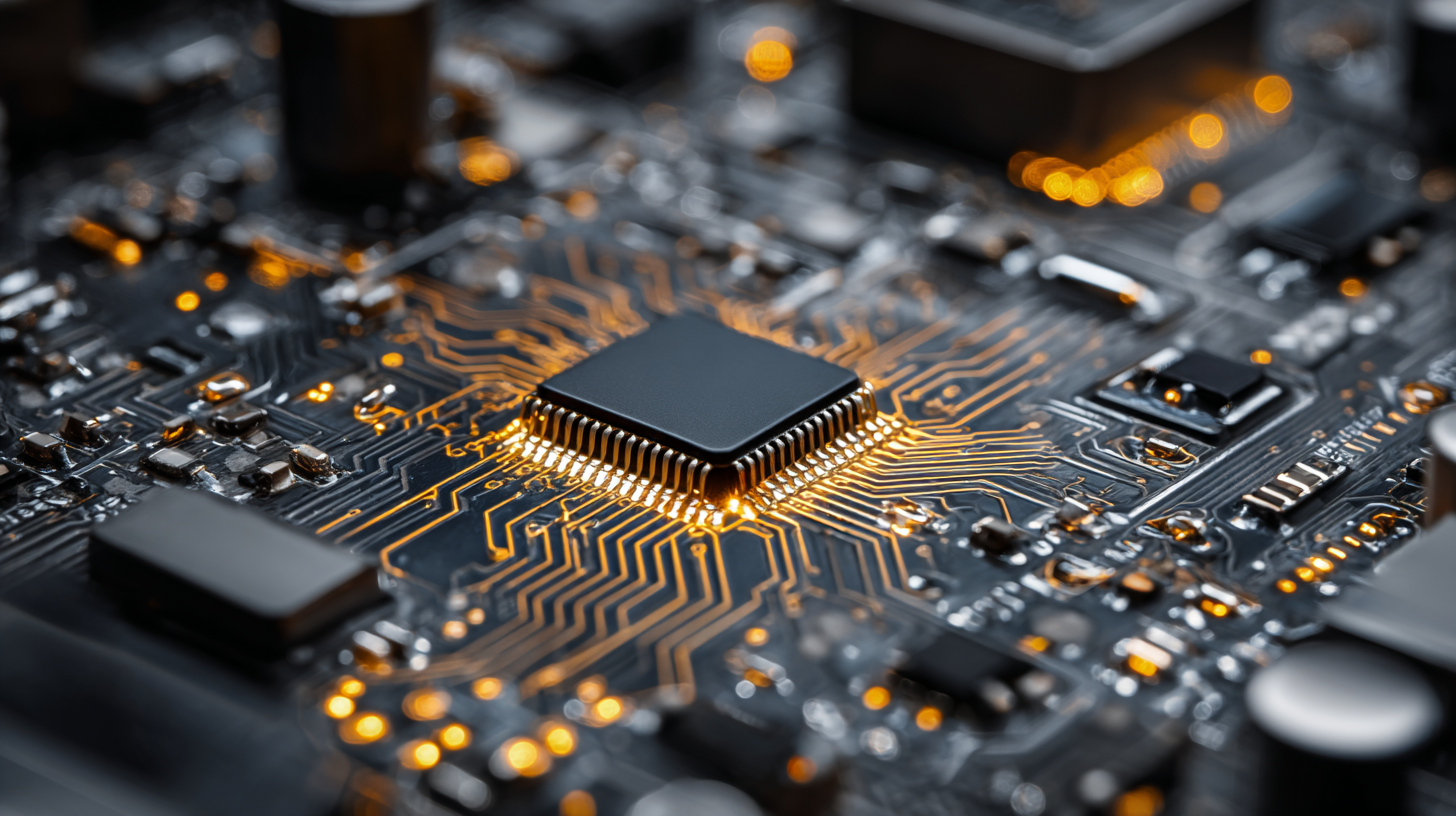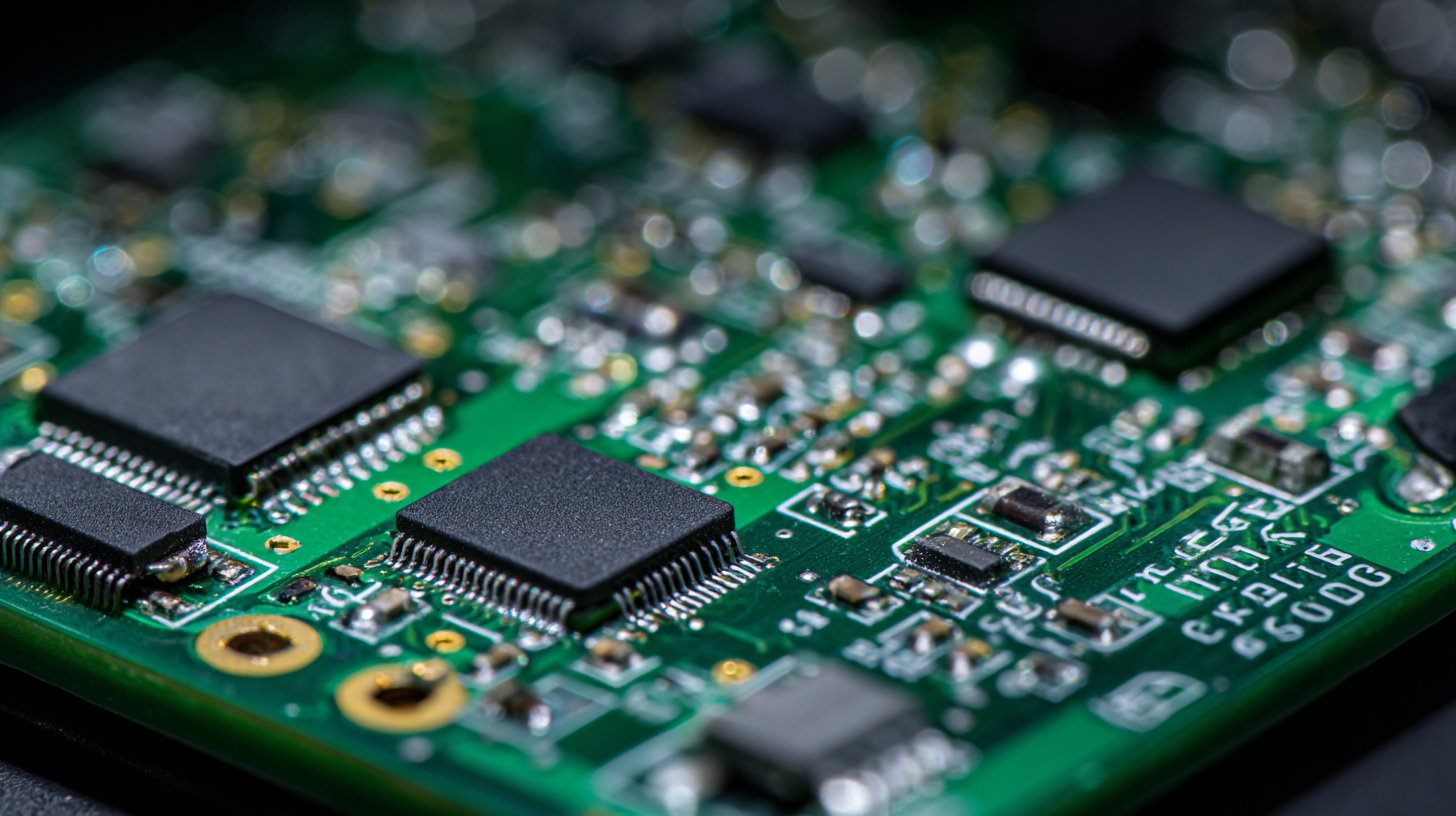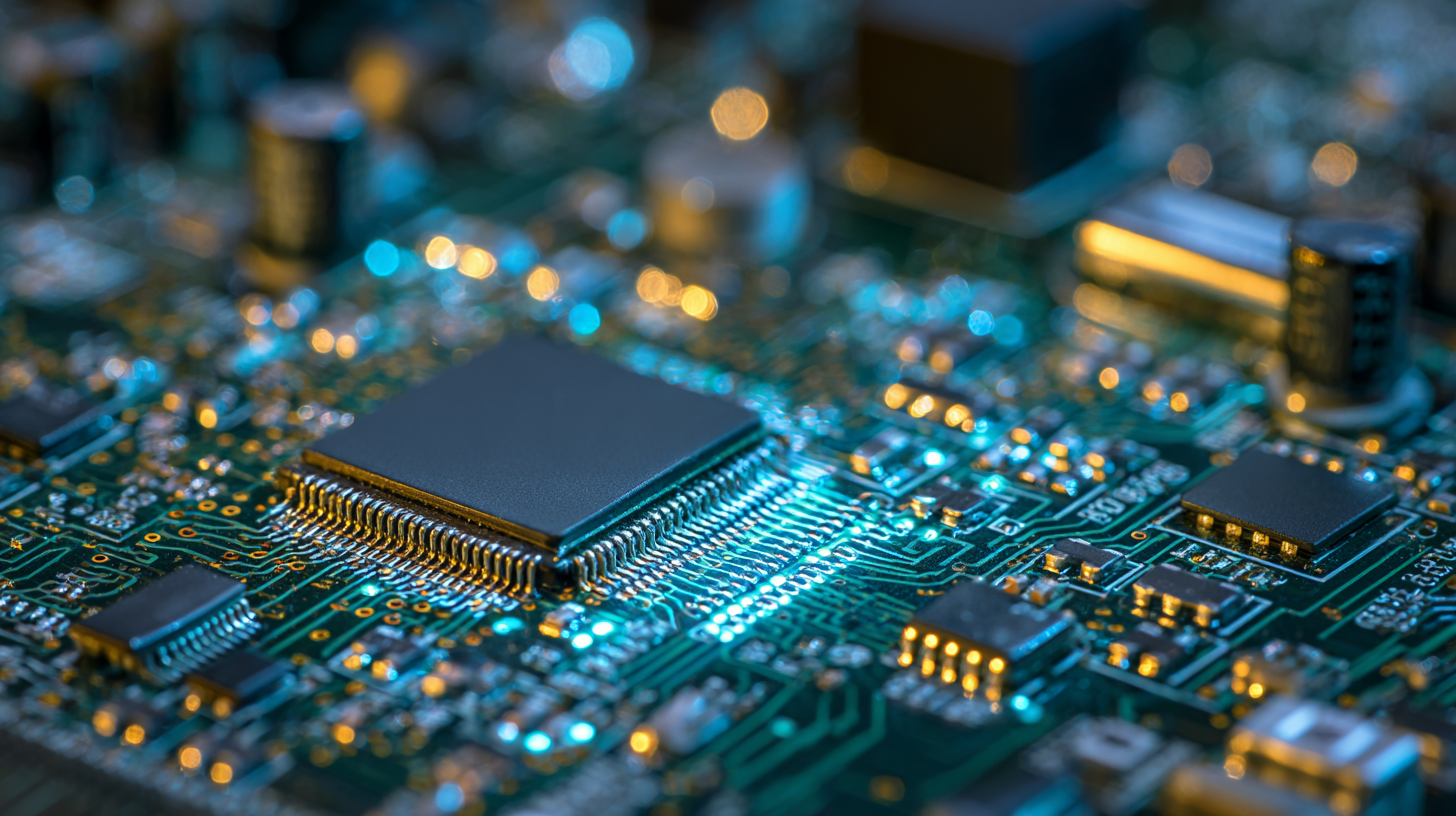- PCB Assembly
- PCB Fab
- Resources
- Company
- Blog
Embracing 2025: A Comprehensive Checklist for the Future of Best LED PCB Boards in Industry Trends
As the technology landscape continues to evolve at a rapid pace, the demand for advanced electronic components, particularly LED PCB boards, is experiencing unprecedented growth. According to a recent industry report by MarketsandMarkets, the global LED PCB board market is projected to reach USD 9.5 billion by 2025, driven by the increasing adoption of LED lighting across various sectors such as automotive, consumer electronics, and healthcare. This significant market expansion highlights the critical need for manufacturers and designers to stay ahead of emerging trends and innovations within this space.

In this blog, we will provide a comprehensive checklist aimed at helping industry professionals navigate the future of LED PCB boards, ensuring they align with the latest technological advancements and market demands. By embracing the insights shared, stakeholders can effectively position themselves at the forefront of this lucrative market, ultimately enhancing their product offerings and operational efficiencies.
Understanding the Critical Role of LED PCB Boards in Industry 4.0 Advancements
The critical role of LED PCB boards in the realm of Industry 4.0 emphasizes their significance in driving technological advancements. As the global printed circuit board market is projected to expand from $71.57 billion in 2024 to an impressive $113.49 billion by 2033, the demand for innovative solutions in manufacturing and design becomes increasingly clear. This growth is, in part, fueled by the rise of smart technologies and the integration of IoT with LED PCB applications, which enhances efficiency and operational capabilities across various sectors.
China, rapidly emerging as a leader in advanced industries, exemplifies this shift with its enhanced innovation capabilities within universities and domestic companies. The fabrication of sustainable PCB substrates, such as industrial-grade F/g-C3N4 reinforced banana natural fiber boards, illustrates a growing trend towards environmentally friendly manufacturing practices. This is crucial, especially given the significant environmental impact associated with traditional PCB production, highlighting the need for responsible innovations in the electrics sector. As the industry evolves, it is essential to consider both the technological advancements and their environmental implications.

Key Factors for Evaluating Quality Suppliers of LED PCB Boards in 2025
As we move towards 2025, the demand for high-quality LED PCB boards continues to surge, driven by technological advancements and a growing emphasis on energy efficiency. When evaluating suppliers in this evolving landscape, it is pivotal to consider critical factors that ensure product excellence. According to a recent report by MarketsandMarkets, the global LED market is projected to reach $100 billion by 2025, which underscores the importance of selecting suppliers equipped with the latest technology and manufacturing processes.
One of the key indicators of a reliable LED PCB supplier is their adherence to international quality standards such as ISO 9001. This certification guarantees that the supplier consistently meets customer and regulatory expectations. Additionally, advanced manufacturing capabilities such as automated assembly and surface mount technology (SMT) should be prioritized. Industry analysts from IDTechEx predict that the integration of automation in PCB production could reduce errors by up to 30%, enhancing the overall quality of the end product. Furthermore, assessing a supplier's experience in serving diverse industries can provide insights into their ability to deliver customized solutions that meet specific application needs. As we approach 2025, these factors will be instrumental in guiding businesses toward making informed decisions in their supplier partnerships.
Current Market Trends: The Surging Demand for Energy-Efficient LED PCB Solutions
As the world progresses toward 2025, the demand for energy-efficient LED PCB solutions continues to surge within numerous industries. This rising trend is not only due to environmental considerations but also a growing need for enhanced display technologies. Reports indicate that the global market for circuit breaker accessories was valued at $250 million in 2022, with projections to reach $420 million by 2030, showcasing a compound annual growth rate (CAGR) of 7.6% from 2024 to 2030. Such growth is fundamentally rooted in the increased demand for advanced LED displays, which are becoming integral to the digital transformation of the economy.
The integration of AI technology has also played a significant role in elevating the capabilities of LED displays, fostering a shift toward more sophisticated production methods. In 2024, as the energy sector embraces digital demands, a staggering 129.9% year-on-year sales growth is expected, indicating a critical transition in market dynamics. To keep pace with trends, industry professionals should prioritize investing in energy-efficient designs and materials that comply with upcoming regulations.
**Tips:** To remain competitive, consider focusing on sustainable manufacturing practices. Additionally, investing in research and development of silicon chip-based solutions could lead to breakthroughs in LED technology, particularly as demand for advanced devices grows. Keeping abreast of market forecasts can aid in strategic decision-making for future developments.
Current Market Trends: The Surging Demand for Energy-Efficient LED PCB Solutions
This bar chart illustrates the projected growth of the global LED PCB market from 2019 to 2025, highlighting the increasing demand for energy-efficient LED PCB solutions across various industries.
Analyzing Cost-Effectiveness: Balancing Supplier Quality and Manufacturing Expenses
In today's competitive landscape, analyzing cost-effectiveness is crucial for businesses that rely on LED PCB boards. The challenge lies in striking a balance between supplier quality and manufacturing expenses. Companies must assess potential suppliers thoroughly, considering not only their product quality but also their reliability and service support. Establishing strong relationships with suppliers can lead to better pricing and improved quality control, ensuring that the final product meets industry standards while staying within budget.
Tip: When evaluating suppliers, request samples of their LED PCB boards to assess their quality firsthand. This can help prevent costly mistakes later in the manufacturing process and provide insights into their production capabilities.
To further optimize manufacturing expenses, adopting a lean production methodology can be beneficial. This approach minimizes waste and streamlines processes, ultimately reducing costs while maintaining product quality. Investing in technology that automates certain manufacturing tasks can also lead to improved efficiency and lower labor costs.
Tip: Regularly review and analyze your manufacturing processes to identify areas of waste. Implementing small changes periodically can lead to significant savings and enhanced performance over time.
Future Innovations: Emerging Technologies Driving LED PCB Board Development in the Next Decade
As we look towards 2025 and beyond, the landscape of LED PCB board technology is evolving at an unprecedented pace. Emerging technologies such as advanced materials, AI-driven design software, and improved manufacturing processes are set to revolutionize the industry. These innovations will not only enhance the performance and efficiency of LED PCBs but also enable greater customization and integration in a variety of applications, from automotive to consumer electronics.
 Tip: Consider adopting flexible LED PCB designs to accommodate modern, compact electronic devices. This adaptability can enhance performance while reducing space requirements, making your product more appealing to a competitive market.
Tip: Consider adopting flexible LED PCB designs to accommodate modern, compact electronic devices. This adaptability can enhance performance while reducing space requirements, making your product more appealing to a competitive market.
Another significant trend is the focus on energy efficiency, driven by both environmental concerns and regulatory requirements. Next-generation LED PCBs are being designed with energy-saving features that optimize power usage without sacrificing brightness or performance. These advancements will allow manufacturers to create products that meet the growing demand for sustainability.
Tip: Stay informed about new materials that enhance thermal management. Effective heat dissipation will ensure longer lifespan and reliability of LED technologies, which is crucial as devices become more powerful and compact.
Phone
 WhatsApp
WhatsAppEmail
Offer Electronics Manufacturing All-in-One
PCBONLINE® is a registered trademark or service mark of pcb online limited or its affiliates.
Copyright © 2001-2024 Pcb Online Limited. All rights reserved